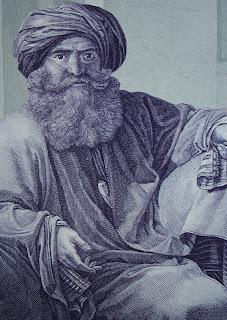"In the Mood For Love"- Wang Kar-wai's masterpiece about a man and woman who find romance through the personal tragedy of spousal betrayal- sets the bar high for all other art films.
The film has the requisite color saturation that gives it that "yesteryear" feel. It's set in the 60s and its heroine wears a fashionable collection of high-collard cheongsam dresses.
The hero wears dark suits and smokes constantly; both to deal with rising emotions and to look cool squinting sadly into his own nicotine haze.
The spurned better halves decide they won't cheapen their relationship with sex (or will they?) They meet in a cafe and drink from jadeite cups. They stare longingly into the rain. They ride in taxis and let the full gravity of their predicament sink into their shoulders and weigh them down.
 |
| Theirs was a proper sort of love. |
Of course it can't go on forever, and so they part. And in one of the most romantic scenes to ever be trapped in celluloid, the man goes to Cambodia and whispers the secret of his love into a crack in the stone of Angkor Wat and seals it up with moss and mud.
I was so taken by the film that I painted a small and crude portrait of the lead actress, Maggie Cheung.
One of the most magical parts of the film is the soundtrack. Nat King Cole croons in Spanish lending a dreamy quality to the ambiance. The best track by far is a the cello-heavy "Yumeji's Theme," performed flawlessly by Shigeru Umebayashi.
I used to have it on a CD but then I lost it. I went looking for it on iTunes and found several versions performed by people I had never heard of. I selected one and downloaded it.
It sounded fine at first; the song begins with the plucking of violin strings. (I suppose it's hard to screw that up.)
Then came the cello. It sounded like a soloist from Ms. Swanson's fifth grade beginning orchestra class had been forced to play in a tropical downpour. Nay! I shan't even profane the efforts of the imaginary pupil of the imaginary Ms. Swanson. This was deliberately awful!
It sounded as if some hateful wretch who failed as a musician decided to program his synthesizer to sound like a cello that's been warped by humidity and is being played by a sausage-fingered troglodyte.
It was awful! And I paid 99 cents for it!
Don't be fooled by cheap substitutes. I learned the hard way.
.jpg)











